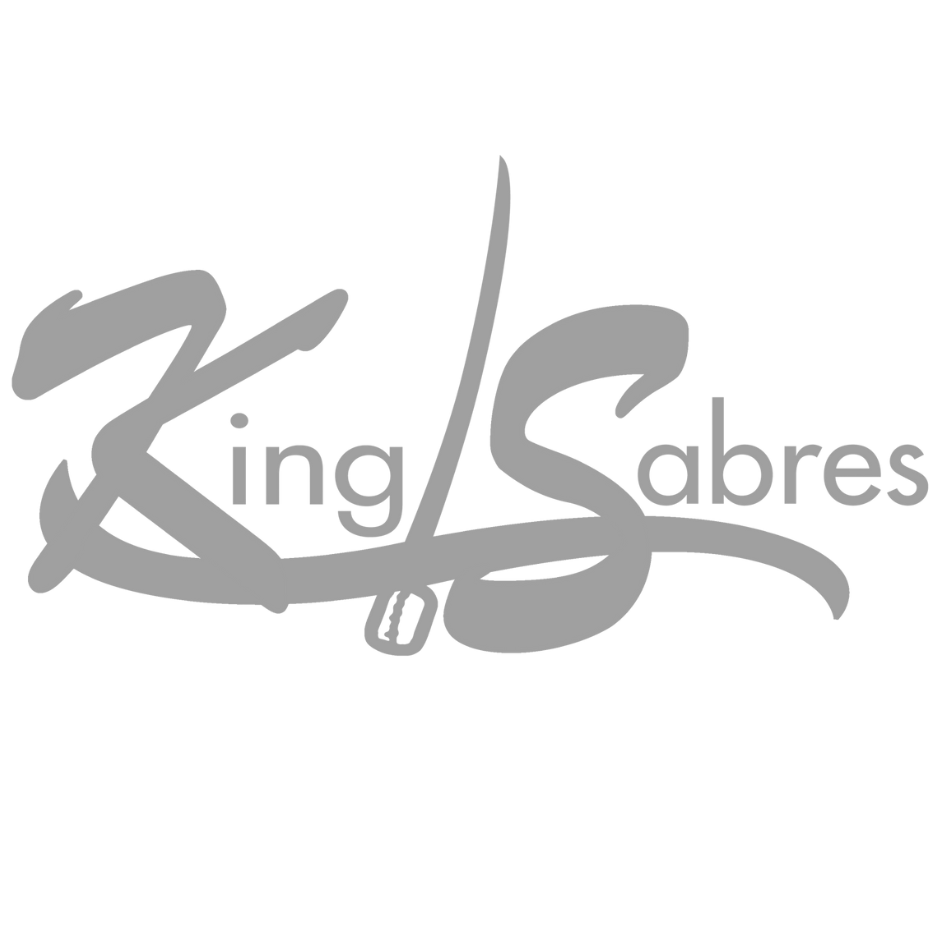By Caroline Meister
According to dicitionary.com, an athlete is a person trained or gifted in exercises involving physical agility and an artist is someone who produces works in any of the arts. When I searched marching arts in the search bar, nothing appeared. There’s no standard definition for the marching arts. That led me to wonder, what do people involved in the marching arts see themselves as? Artists? Athletes? Or both? I posed that very question to 85 members of guard, percussion, and wind groups within WGI. Here are their thoughts on the subject.
Out of the 85 people I interviewed, 30 were percussion players, 23 were guard members, and 32 were winds members, an even sampling of all the WGI divisions. Additionally, 48% of them have been involved in the marching arts for five or more years and 41% have been involved for three to five years. These people know what they’re talking about, to say the very least. With an overwhelming 83% of participants voting that the marching arts are both a sport and an art form, I had my answer. And to be honest, I wasn’t surprised. After many years spent interacting with those in the marching arts, I’ve picked up on this sentiment. What was surprising to me was that 12 participants saw themselves more as artists than anything else. I thought that if people were going to choose one or the other, they would choose the athlete option over the artist option. With only two people voting for the athlete option, I was clearly way off. Regardless of the outcome, I had my answer. That being said, I was far more interested in the comments the participants had left that explained why they chose what they did.
The majority of comments made by participants who identified with both athletes and artists spoke to the integration of their two mediums. Take for instance the comment that renamed the marching arts to an “artistic sport”. Fitting, isn’t it? Another commenter, speaking directly to the act of performing, explained: “playing beautifully and with energy isn’t easy when you’re moving at 192 beats per minute.” Chiming in, one commenter asserted: “The art is the show. The preparation and execution is the sport.”
However, interestingly enough, I discovered that a fair number of these commenters discussed the athletic component much more than the art component. Why? My hypothesis is that the art component of the marching arts is more obvious to the general public. It’s clear that playing an instrument or dancing is an art form, I don’t think many people would fight you on that. But it is much more difficult to convince people that marching is a sport, thus the extra reasons and points included in the comments.
Speaking to this commonality, one commenter explained that if they wear a Fitbit during practice they often take 100,000 steps or more. At one rehearsal! Many commenters were former athletes that admitted that they often feel just as drained (if not more!) after a marching rehearsal than they are after a game of basketball. But we can’t forget about one of the most important aspects of any marching art, the competition. One participant pointed out that marching artists still “compete for a world championship title just as a professional football player or an Olympic athlete would.” Marching artists go to practice, just like any athlete. Marching artists compete against other “teams”, just like any athlete. Marching artists exert ridiculous amounts of energy, just like any athlete. Their sport just looks like a little different than what most people are used to.
Okay, we get it, marching artists are similar to athletes in many ways. But what about the art form? One keyboard player shared a viewpoint I had never considered, but a valid one never-the-less. Because keyboard players (and auxiliary in general) are far more stationary than battery, this commenter considers themselves more of an artist, rather than athlete. This explores a different direction, the concept that instrumentation could directly affect a performer’s response to this question. For some, the marching arts speaks more to an emotional connection than an athletic connection. One participant discussed how difficult it is to create an emotional connection not only internally, but also externally, with the audience. This, they explained, caused them to lean more towards considering themselves an artist rather than athlete.
After interviewing a wide variety of performers across the three divisions of WGI, it’s obvious that the overwhelming majority of them consider themselves both artists and athletes. This conclusion is supported by the strenuous physical activity and intricate art form the activity requires. Regardless of how they define the marching arts, there’s one thing performers will always have in common: the joy they get from doing an activity they love so much. So, whether you consider yourself an artist, athlete, or both, continue to move across the floor at 192 beats per minute, continue to develop a deep emotional connection with the audience, and most importantly, continue to have fun while doing it.

About the Author: Caroline Meister is a sophomore studying Telecommunications, Spanish, and Creative Writing at Ball State University in Muncie, Indiana. Prior to college, Caroline graduated from Zeeland East High School in Zeeland, Michigan. In high school, Caroline was heavily involved with the marching band, wind ensemble, and pit orchestra where she played flute, an instrument she’s been playing for almost ten years. Currently, Caroline is in the Pride of Mid-America Marching Band where she marches piccolo.
































